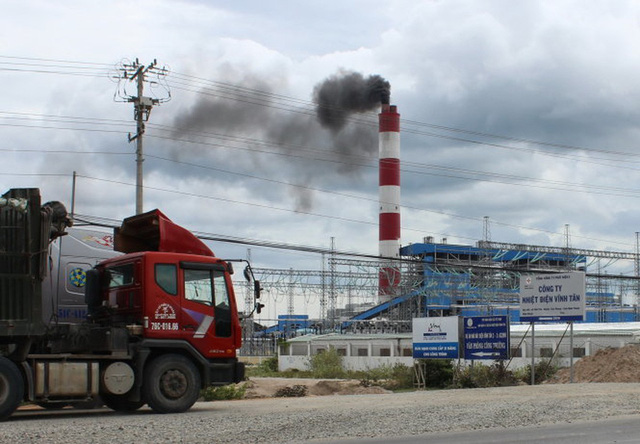Steep increases in global coal prices are forcing Vietnam’s coal-fired power plants deeper and deeper into the red as they struggle to minimize losses caused by cost overruns worth billions of U.S. dollars.
Coal prices have steadily risen since early 2016, adding an addition US$1.27 billion in costs for importing coal to Vietnam o, according to the Institute for Energy Economics and Financial Analysis.
Australian Newcastle coal, an important source for Vietnam’s coal needs, has more than doubled to reach an average of $100 per metric ton since the beginning of 2016.
Prices for Newcastle coal hit a 2017-high of $103.5 per ton this year, driven primarily by Asian demand, according to Reuters.
The sharp increases are having a crippling effect on Vietnam’s power industry, whose demand for imported coal continues to increase at gradual rates.
Last year the Southeast Asian country imported 12 million metric tons of coal, an enormous 131 percent increase from 5.2 million metric tons the year before.
In 2017 Vietnam spent nearly $1.2 billion importing 12 million metric tons of coal from Jan-Oct, according to customs data. In October alone, coal imports hit 1.2 million tons, worth $161 million, a 68 percent increase from October 2016.
The International Energy Agency expects that Vietnam will be importing 35 million metric tons of coal annually by 2021. If the current prices remain steady, the country is looking at a $3.5 billion annual price tag for coal.
Tim Buckley, IEEFA's director of energy finance studies, says high coal prices result in price risks and trade deficits for Vietnam.
Vietnam should use the current situation as a warning signal to prioritize diversifying the resources it uses for power generation and begin to place a heavier emphasis on renewable energy.
Buckley recommended that Vietnam take caution in investments and development projects involving coal-fired power plants.
IEEFA attributed the skyrocketing coal prices to a policy shift in China, which seeks to support its domestic coal mining coal companies. China is also switching to clean energy and expects to increase its solar power supply by 50 gigawatts this year alone.
Like us on Facebook or follow us on Twitter to get the latest news about Vietnam!

















































